
The theater is an ever–moving phenomenon, changing over time, closely related to the aesthetic demands of the audience and the level of their artistic preparedness. In order to "put" the plot of a work of art into a ballet performance, the director must pass through the prism of a chosen super task a lot of plot and psychological lines. Such an extraordinary gift was possessed by Gosha Jepbarov, the first professional ballet dancer, choreographer and choreographer, whose 100th anniversary is being celebrated this year by the musical community of Turkmenistan.
The panorama of Gosha Jepbarov's life and work is rich and varied. The artist, who left a bright mark in the history of Turkmen theatrical art, became famous not only as a talented director of ballet performances, but also as an outstanding teacher. By creating stage canvases that are modern in spirit and style, he managed to embody in them all the genres available in world musical culture. The success of the master was accompanied by many years of persistent work.
Gosha Jepbarov was born in 1924 in Buzmeyin. His parents gave him the name Gosha, which means "double", because from birth he had two fused fingers. His father, Japar Tashniyazov, was a mirab, his mother, Artykjemal, ran a household and raised children, helping his father to take care of the vineyard.
Gosha was studying at a boarding school when a special commission selected him, along with three dozen other children, to study at the national department of the Leningrad State Academic Ballet School named after A.Ya.Vaganova. However, later, for various reasons, most of the children were expelled; from this stream, only Kosha Japarov and Zaituna Tukhvatulina graduated from college and returned as young specialists to Ashgabat.
Boys and girls from different Union republics – Bashkiria, Kazakhstan, and Kyrgyzstan - studied at the ballet school together with Turkmen children. Russian russians treated us kindly, with great love and warmth, helped us in everything, especially in learning the Russian language," Gosha Jepbarov recalled. We immediately felt the high culture of the Leningraders. When we were young, we quickly became friends."
The school days, filled with daily theoretical and practical classes, were harsh. But the students were surrounded by wonderful teachers, masters of the highest class, who put a piece of their soul into the future famous dancers and choreographers. They laid the foundations of historical, classical and characteristic dance in young dancers, instilled correct body posture, positioning of legs and arms, coordination of movement. With great love, Gosha Jepbarov remembered his teachers – Alexander Viktorovich Shiryaev, Alexander Ivanovich Pushkin, Alexey Afanasyevich Pisarev. Meetings with Yuri Grigorovich, later the chief choreographer of the State Academic Bolshoi Theater in Moscow, were of great importance for the professional development of the future master of the Turkmen ballet art.
During the winter holidays, Gosha had surgery on his hand to separate the fused fingers. The successful operation inspired Gosha, now he could even play the piano! In his spare time, the Turkmen youth mastered the game of chess, and he even had a chance to play with Mikhail Botvinnik himself, the world champion. Botvinnik's wife was a ballerina and often prepared for performances on the stage of the ballet school. Therefore, the grandmaster, while waiting for his wife, often arranged simultaneous playing sessions for young chess fans.
At the same time, Igor Belsky, the future artistic director of the Leningrad Choreographic School, Askold Makarov, People's Artist of the USSR, artistic director of the Leningrad Ballet, choreographers from Georgia Vakhtang Chabukiani and Zurab Kekoloshvili, head of the dance ensemble in Armenia Azat Gorobeyan and others studied with Gosha.
The work of a real ballet dancer is difficult, exhausting, everyday, with full dedication and energy. With passion and perseverance, the Turkmen young man mastered the basics of ballet art, improving his performing skills more and more every year and becoming convinced that ballet is his vocation. A harmoniously developed, physically seasoned artist, choreographer, and choreographer gradually grew out of a modest boy who did not know Russian.
The graduation performance was the ballet "Hero of Our Time" by Lermontov, staged at the Leningrad Academic Opera and Ballet Theater named after S.M.Kirov. Gosha Jepbarov played the main role of Kazbich. Swarthy, cold-blooded, temperamental if necessary, Kosha was more suited to this role than anyone else and coped with it brilliantly, as the newspapers Leningradskaya Pravda and Vecherny Leningrad wrote about. The author of the review in Smena magazine even called Gosha Jepbarov a "Boy from the desert" who reached professional heights.
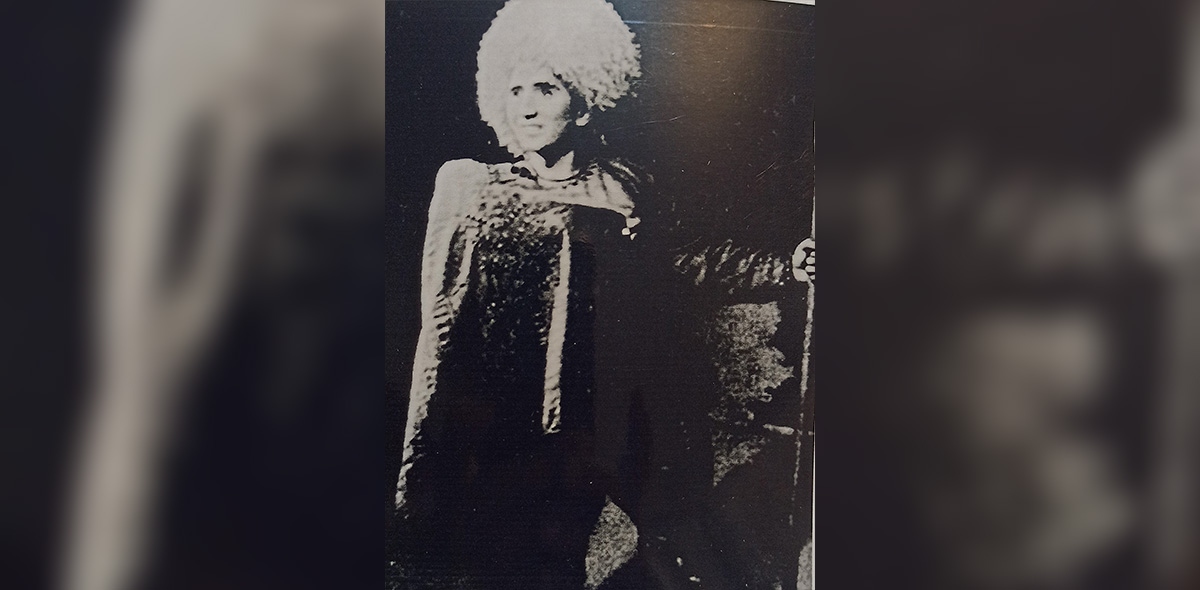
After graduating from the Leningrad Ballet School, Gosha Jepbarov received a diploma and, with sadness in his heart, left the city of white nights, which became his beloved, native, and hardened him physically and professionally.
In 1941, together with Tukhvatulina, he began working at the Turkmen State Musical Theater, on the basis of which the Turkmen State Opera and Ballet Theater was soon formed. The choreographic group was also composed by graduates of the studio of the Turkmen Drama Theater.
The theater opened its first season with A.Shaposhnikov's opera "Zohre and Tahir" (libretto by B.Amanov, directed by A.Karliev and T.Sharashidze). However, the beginning of Japarov's creative activity coincided with the beginning of the Great Patriotic War, which affected all spheres of life. Turkmen musicians, vocalists and ballet dancers formed front-line concert brigades and went to military units and hospitals with concerts. Along with Gosha Jepbarov, the teams included People's and Honored Artists of Turkmenistan M.Farajeva, Khojav Annaev, Rakhmet Seyidov, Nabat Nurmukhammedova, Maryam Shafigulina and others.
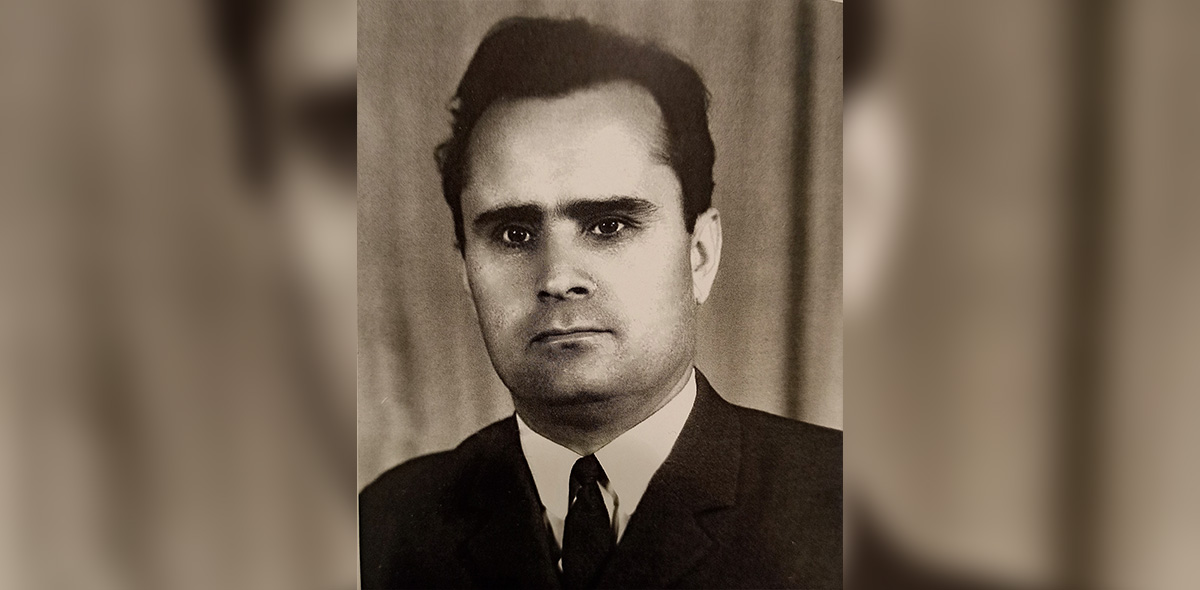
After the end of the war, Gosha Jepbarov firmly decides to continue his education and enters the choreography department of the Moscow State Institute of the Lunacharsky Theater Institute. With his characteristic tenacity and perseverance, he acquires knowledge of the history of foreign theater and ballet skills. In his spare time, he visits theaters, exhibitions, concerts, comparing ballet productions by Moscow and Leningrad choreographers. Now, having formed himself as a professional choreographer and choreographer, he gives them his own assessment, enriching his experience and skill.
Upon graduation in 1951, Gosha Jepbarov returned to Ashgabat, where he was appointed chief choreographer and choreographer of the Turkmen State Academic Opera and Ballet Theater. He is full of creative plans and energy, and is actively involved in theatrical activities. It was this period – the 50s and 70s - that became the time of a special creative rise of ballet art in Turkmenistan.
In 1953, the artistic council of the theater commissioned Jepbarov to stage Tchaikovsky's ballet Swan Lake. Despite the fact that theoretically and practically the young specialist was completely ready for this big and difficult job, he was worried, feeling the full burden of responsibility. After all, it is known that the historical premiere of Swan Lake in Moscow in 1877 ended in failure precisely because of the choreographer, Rezinger. And it was only in 1895, staged by the St. Petersburg choreographer Lev Ivanov, that Tchaikovsky's work gained real fame and took its rightful place in theater posters around the world, and his dance compositions continue to delight fans of choreographic art to this day.
Gosha Jepbarov believed in his own strength, believed in the potential of the young theater team, which gradually included graduates of choreographic schools Lidia Kondyukova, Boris Zdanevich, Irina Odintsovo, Galina Korableva and others.
In the Ashgabat production of Swan Lake, the Turkmen choreographer embodied all the best that he gained during his studies in Leningrad and Moscow. Ballet is a whole world in which there is pain and joy, love and suffering, the onslaught of movement and the pacification of peace. For his figurative means, Gosha Jepbarov drew material from everywhere, whether it was mimicry and pantomime, movements and poses, characteristic and ballroom dances, folk ornaments, architectural motifs – all this was part of the palette of the Turkmen choreographer. Discovering new talents, he achieved the purity of the performance of each step, acting expressiveness.
The premiere of "Swan Lake" on the stage of the Turkmen State Opera and Ballet Theater named after Magtymguly was a great success, with People's Artist of the USSR X. at the conductor's desk.Allanurov.
The general public, young people, and ballet fans were all captivated by the professionalism of the performers and the artistic level of the production. The audience was finally captivated by the dance of little swans, shining with grace and performed with incredible synchronicity. The audience began to applaud without waiting for the end of the dance, which was repeated in mazurka, chardash, Neapolitan dance. Everything was mesmerizing with novelty, youth and energy.
Jepbarov himself often performed as a dancer, performing solo dances in the opera "Zohreh and Tahir", in the ballets "Bakhchisarai Fountain", "Girl by the Sea", "Aldar Kos" and others.
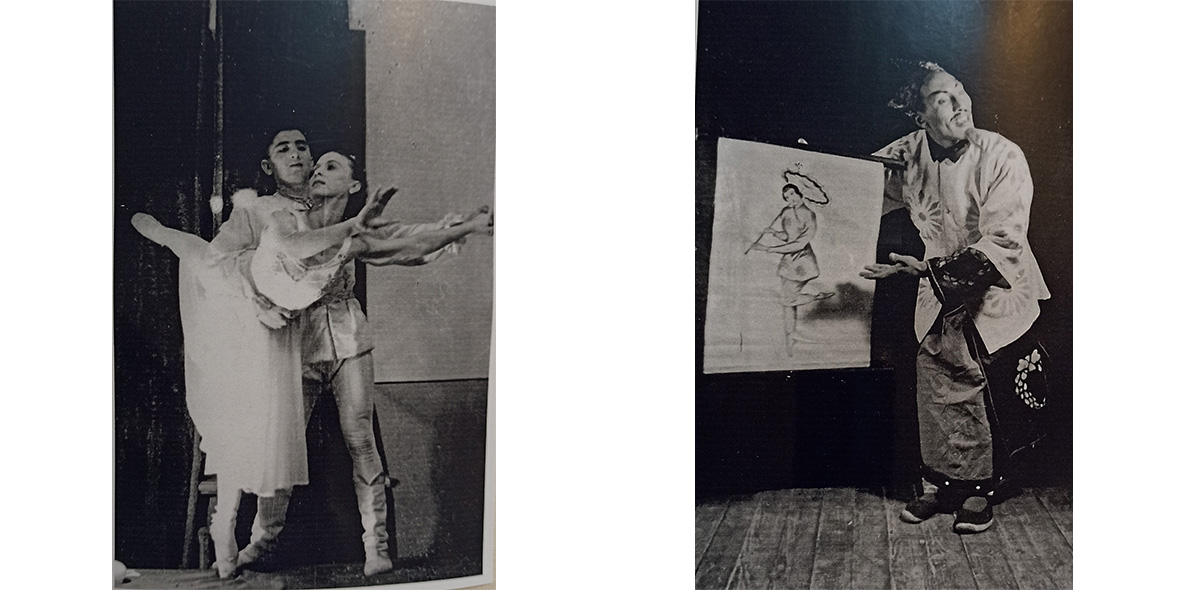
The success of the premiere performance, highly appreciated by the press, inspired Gosha Jepbarov to new creative searches. Following "Swan Lake", he proceeds to stage the comic ballet "Aldar Kos" ("The Cunning Deceiver") to the music of K.Korchmarev and the libretto by K. Burunov. For the first time, the ballet Aldar Kose was staged in 1942 by choreographer N.Kholfin, with choreography based on pantomime and dance scenes alternating according to the principle of divertimentation.
Gosha Jepbarov looked at the problem of folk dance in a new way. He called it the fundamental principle, the “vital juices of ballet.” Continuing the traditions of European choreographic art, Jepbarov skillfully incorporated folk melodies and national dances into the ballet, which gave the work innovation and freshness. In 1955, the ballet Aldar Kose was also staged with great success on the stages of the Leningrad and Saratov Opera and Ballet Theaters.
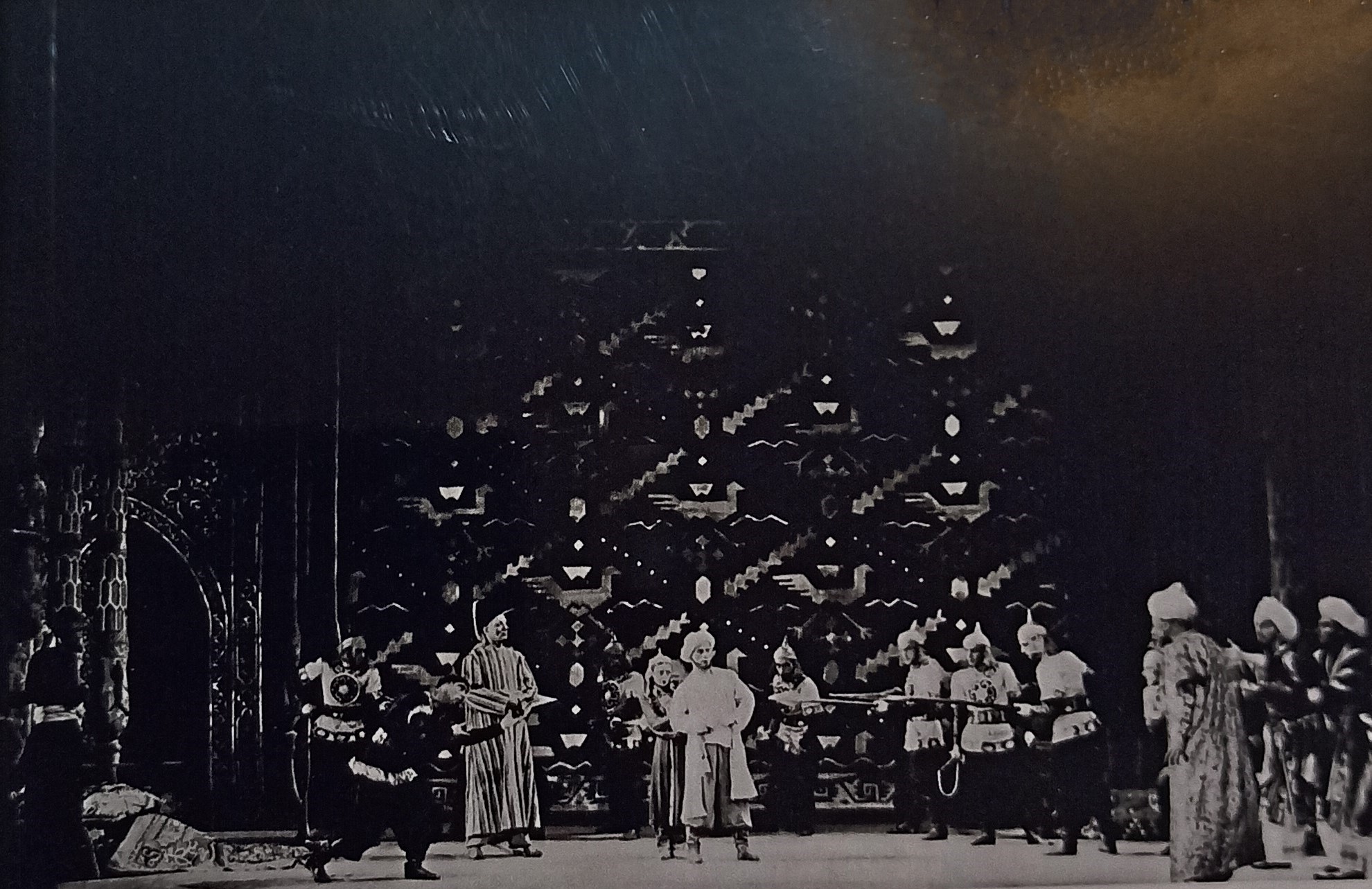
The performances follow one after another. Gosha Jepbarov resumes his thesis – the ballet “Red Poppy” to the music of R. Glier, puts on the ballets “Giselle” and “Corsair” to the music of A.Adan. In the 60s, the genre ballet “The Wonderful Healer” appeared based on Turkmen fairy tales to the music of N.Mukhatov and M.Ravich (libretto by G.Mukhtarov). The next premieres were the ballet “Students” to the music of X.Allanurova and I.Yakushenko (libretto by M. Zeitlin), as well as an attempt to choreograph A. Agajikov’s symphonic suite “Melody of the Desert” (libretto, choreography and staging by G. Jepbarov).
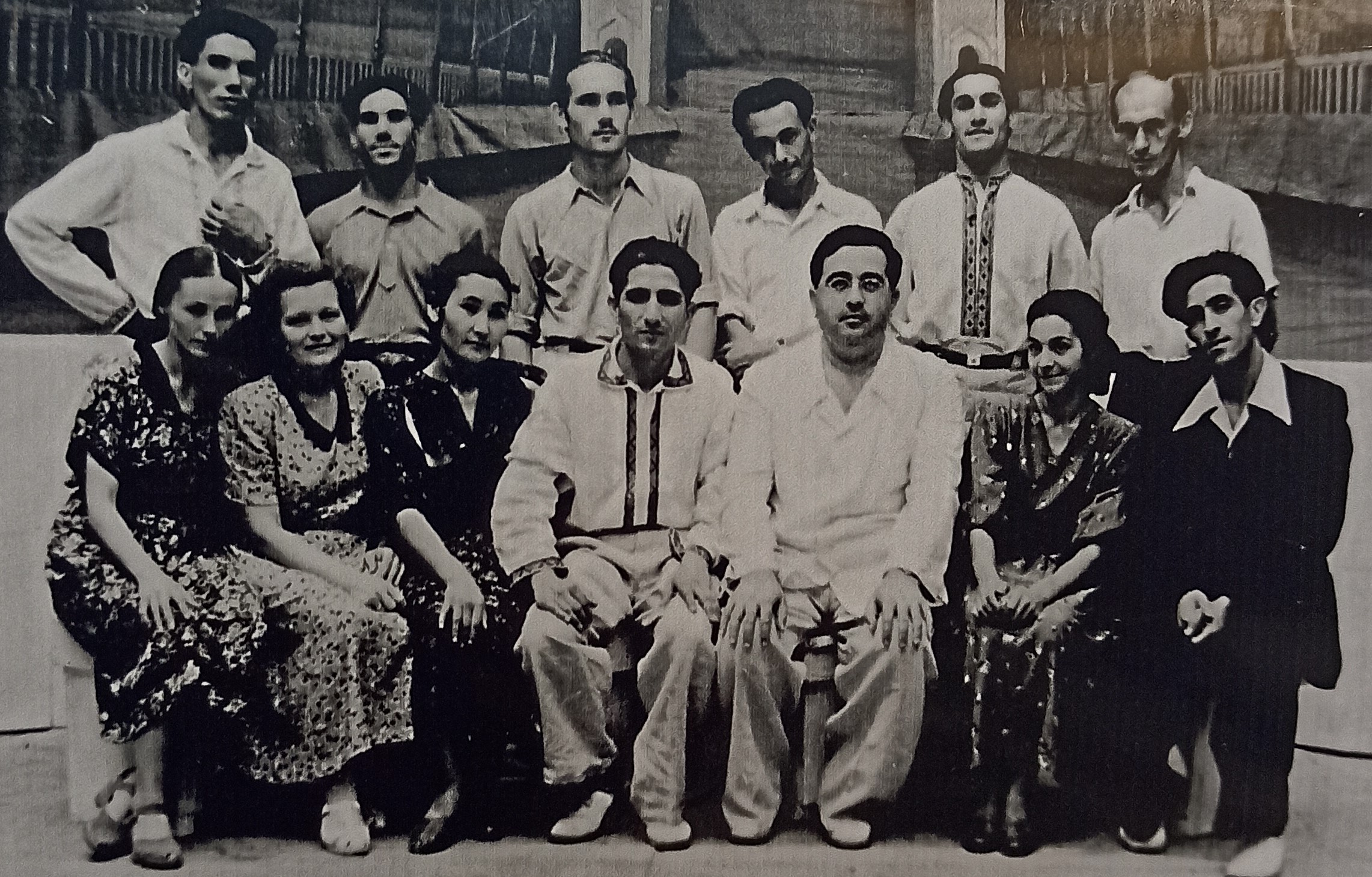
Jepbarov puts the ballets “Happiness” on his own libretto (composer K.Kuliyev), “The Good Sorceress” (D.Nuryev), “The Heart found in the sands” (A.Kuliyev). The leading roles in the ballets were performed by B.Mammadova, M.Akhundov, H.Ismailov, H.Muradov. V.Tsopkin, B.Karakhanov, Ahmed and Yusup Pursiyanov, D.Geldiyev, S.Kerimova and others.
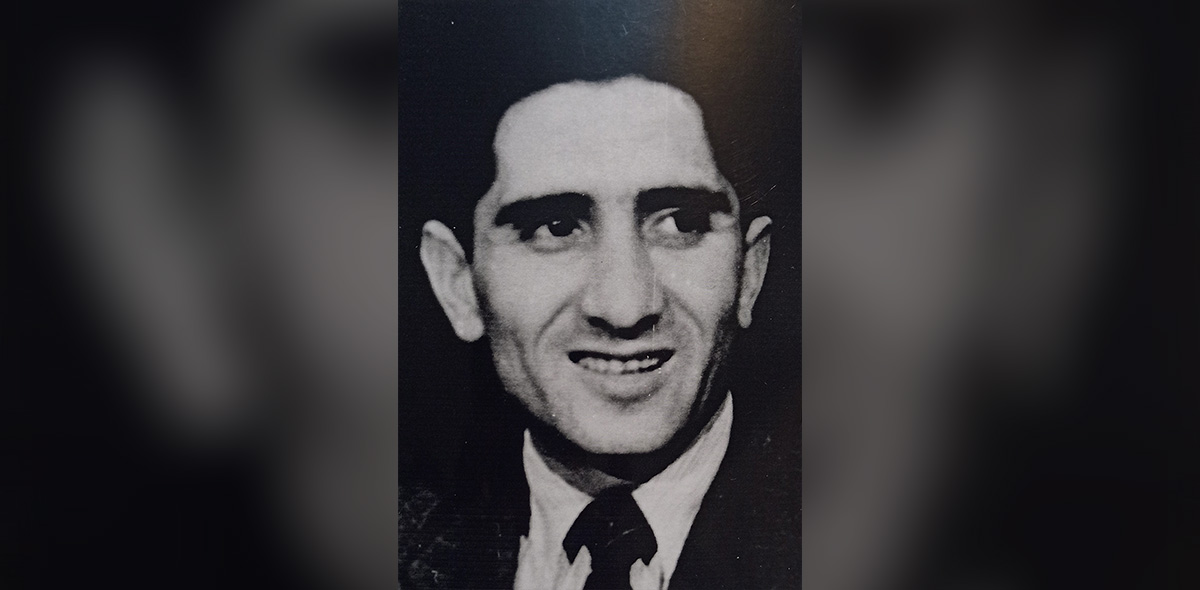
The experience of the Turkmen choreographer, who translated samples of great literature into the language of choreography, makes it possible to distinguish his own ballet theme from the theatrical polyphony. In Gosha Jepbarov, a major idea and the contrast of the development of thought turn out to be inseparable. A pupil and receiver of the Western musical tradition, he felt the East not as an exotic or decorative element, but approached creative synthesis philosophically and psychologically.
Just as an artist mixes paints, a choreographer creates a fusion of movements. Gosha Jepbarov considered national dances to be an expression of the character of the people, a model for the search for diversity in theatrical art. However, learning to dance from the people does not mean copying folklore. It is necessary to take folk motifs thoughtfully, not to borrow a “language”, but to compose ballet dances in the spirit of the original sources. Therefore, each performance created by him acquired its own picturesque appearance and dance forms, prompted by history, ethnography and culture of the people.
The works staged by Gosha Jepbarov on the stage of the Turkmen Opera and Ballet Theater showed the audience a variety of dramatic and choreographic genres. In some ballets, “classics” with pointe shoes were required, in others – “vertigo” and rhythmoplasty, in others – an imperious characteristic dance on heels. In a number of works, the dance form was entirely predetermined by the artist’s fiction – ballets based on fabulous and legendary subjects. Each form, endowed with an individual system of images, embodied a genre, style, and epoch in dance.
Dance is the essence of the life of the person depicted on the ballet stage, his way of thinking, communicating, his only opportunity to “talk”. It is impossible to consider a dance in a performance as a number, as an episode or a demonstration of household entertainment. Dance is a means of generalizing life phenomena. The pose and movements should reflect the mental state of the hero, be meaningful. The surreal, irrational dance, which was introduced by many contemporaries, was unacceptable for G. Jepbarov, according to whom an expressionless body is a doll. It is not enough just the beauty of the lines, their change, given out as a dance: the speech of the body must necessarily express thought, feeling and mood, only then it will be aesthetically acceptable. This gives rise to a clear formulation: expressiveness is not the purpose of dance, but its condition.
The choreographic image grows out of the “rhythmoplastic intonation”. Deceleration and acceleration, attenuation and amplification, legato and staccato, syncopation and pauses, metric and tempo “caprices” were considered by Jepbarov as a means of revealing the soul of the image, its dance dialectic. He was obliged to do this by music and the art of experiencing, which became the creative task of the master.
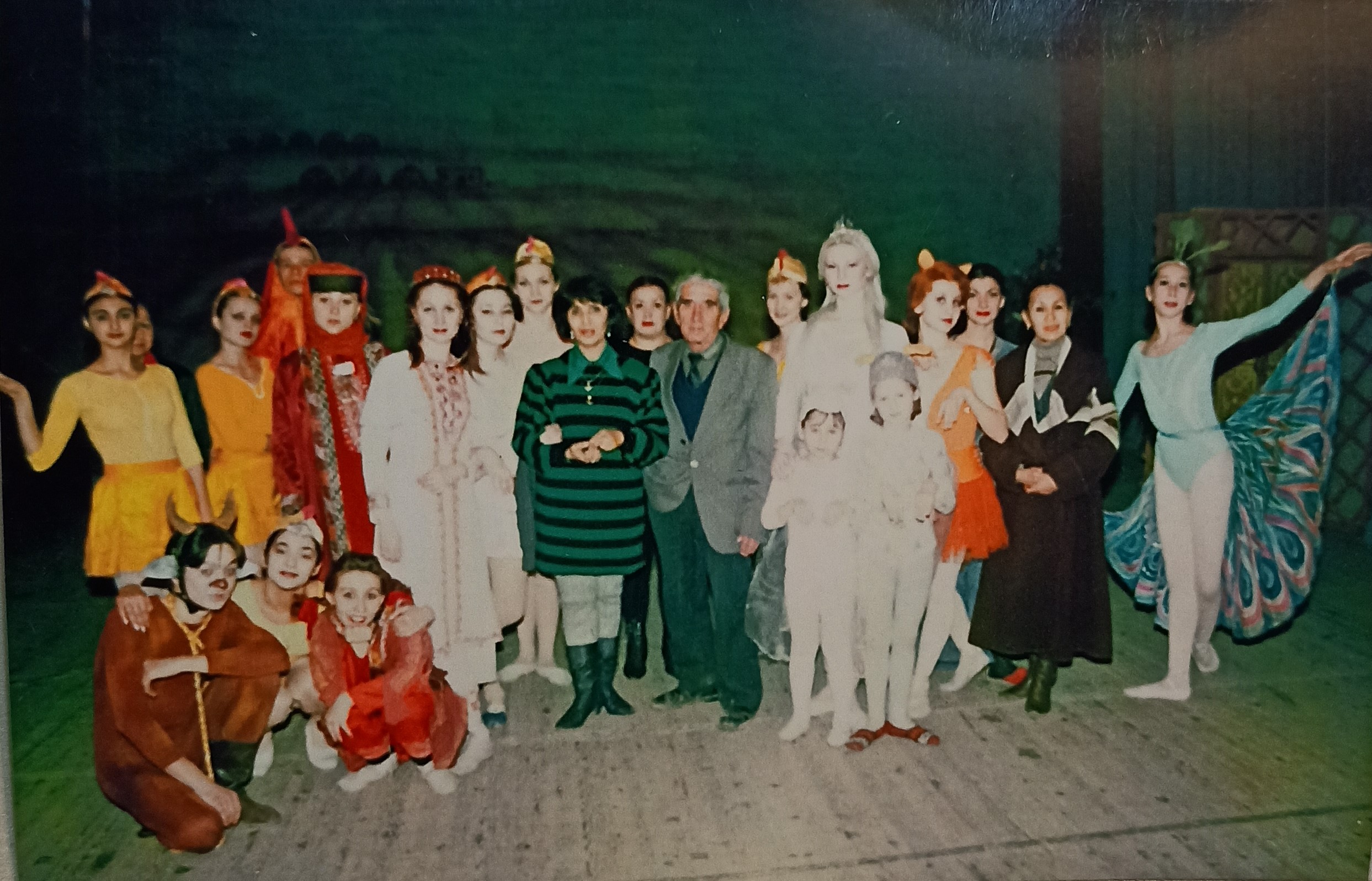
Gosha Jepbarov also worked actively in related fields of art – in opera and the film industry. He staged dances in the operas “Shasenem and Gharib” (composers D.Ovezov, A.Shaposhnikov), ”Zohre and Tahir” (V.Mukhatov, A.Shaposhnikov), “Aina” (D.Ovezov, A.Shaposhnikov), “Disturbing Night” (A.Agadzhikov), “Makhtumkuli” (Y.Meitus), “Zaporozhets beyond the Danube” (S.Gulak-Artemovsky), “Rusalka” (A.Dargomyzhsky), “The Demon” (A. Rubinstein), “Carmen” (J.Bizet), as well as in the films "The Shepherd’s Son”, “The First Exam”, “The Trick of old Ashir”, “Shasenem and Gharib”, “Black Caravan”.
In 1957, Gosha Jepbarov was invited to Moscow to stage the dance suite “Blossom, Our Youth” at the Luzhniki Stadium. The idea of the Turkmen choreographer was brilliantly realized and required the participation of an artistic group of 300 people.
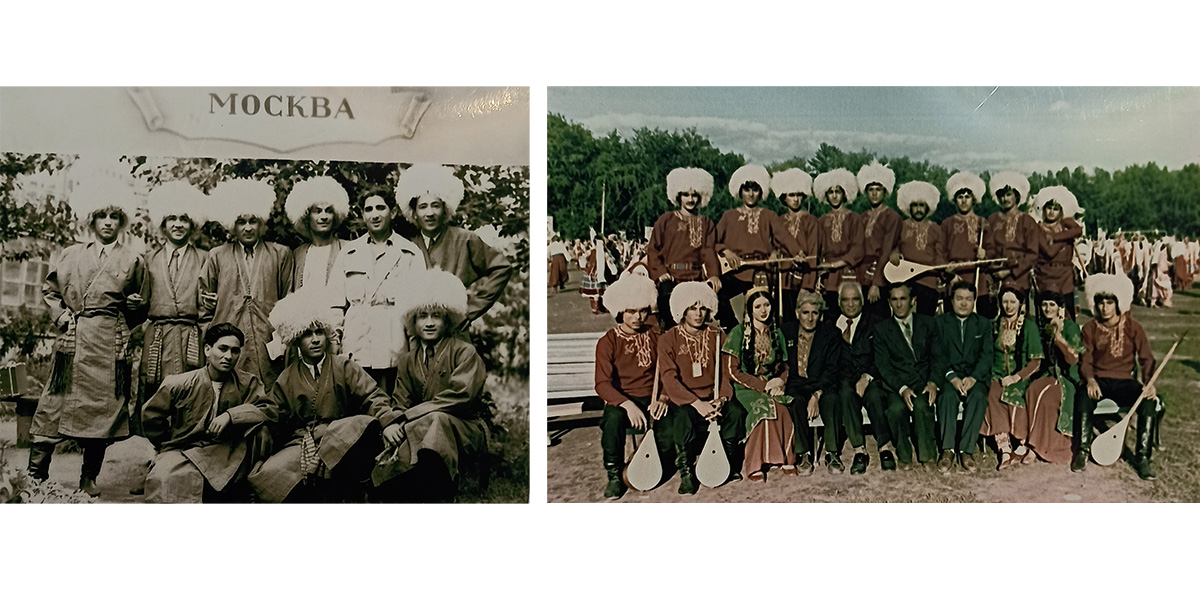
Another large-scale production was at the opening ceremony of the Olympic Games in Moscow in 1980, where Gosha Jepbarov involved 500 people in the dance suite “Sing and Play, my Dutar”.
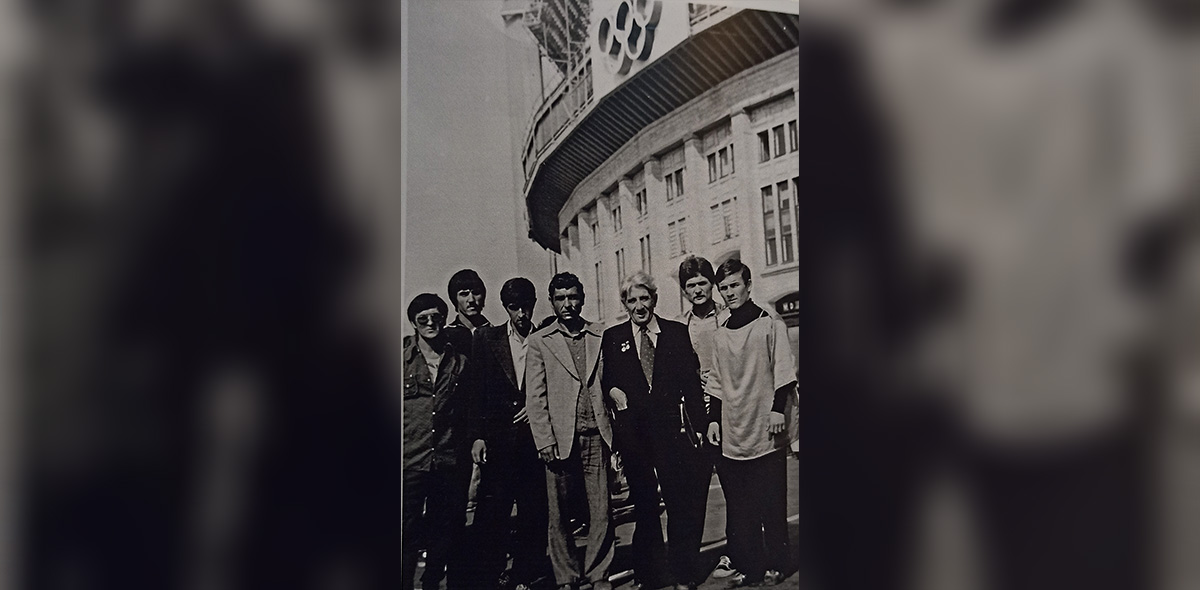
A striking event was imprinted in the memory of the dance composition “Friendship of Peoples”, staged in 1986 at the opening ceremony of the "Goodwill Games" at the Luzhniki stadium. The audience admired the incomparable performance of the Turkmen ballet masters, the spectacular and artistic power, the richness of the choreographic language, the extraordinary expressiveness and sophistication of the scenic drawing.
Gosha Jepbarov passed on his love of dance to his students and followers, among whom were outstanding Turkmen ballet dancers G.Musayeva, K.Niyazov, A. Pursiyanov, B.Mammadova, T.Satlyklycheva, L.Kondyukova, H.Muradov, A.Orazov, O.Niyazov, R.Samgina and others.
As the Honored Artist of Turkmenistan, ballerina Gozel Hummayeva recalls: “Gosha Jepbarov was distinguished by amazing organizational qualities, he was a real leader. He founded an orphanage for gifted children in Ashgabat, which produced many talented ballet dancers, organized children’s choreographic studios in Ahal and Mary, created folk dance groups in all regions of Turkmenistan, thereby making a huge contribution to the training of professional personnel.”
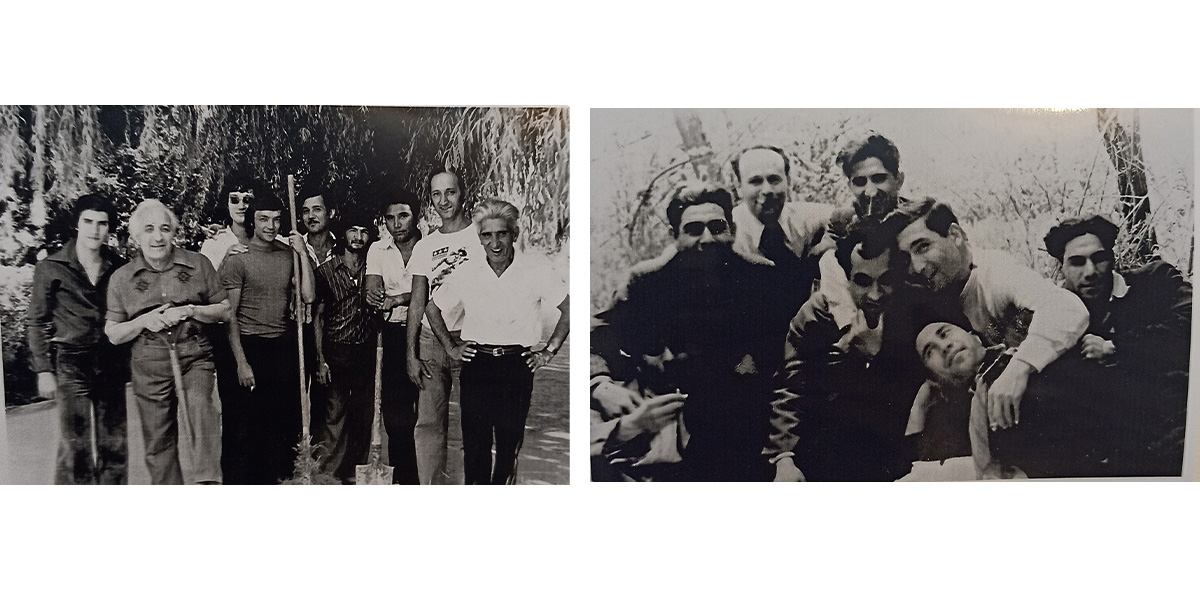
Gosha Jepbarov’s daughter, Abadan Goshaevna Annadurdieva, head of the Department of General Piano at the Maya Kulieva Turkmen National Conservatory, recalls: “Dad could not imagine life without theater, he lived only by creativity. Even when he was old and retired, he couldn’t stay at home and came to the theater to work every day.”
“I think in poetry,” A.S. Pushkin once said about himself. Gosha Jepbarov “thought” with stage plasticity and dancing. He was a choreographer by nature, and his life impressions themselves translated into ballet images and plasticity.
For his contribution to musical culture, the choreographer was awarded many state awards, including the title of Honored Artist of Turkmenistan (in 1955) and People’s Artist of Turkmenistan (in 1995). But his main reward is the memory of people who are grateful for his great work.
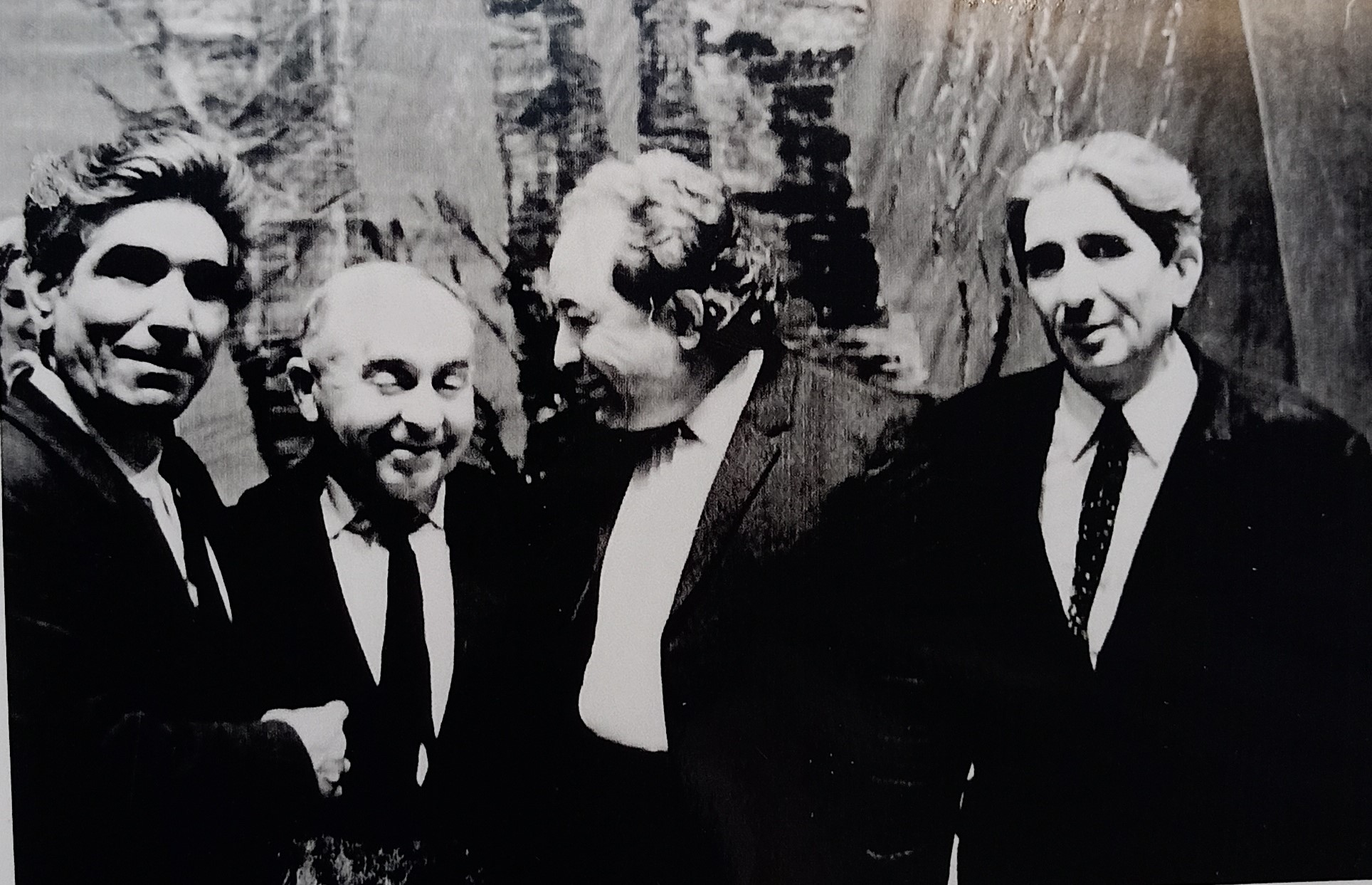
Jamila KURBANOVA, Musicologist
